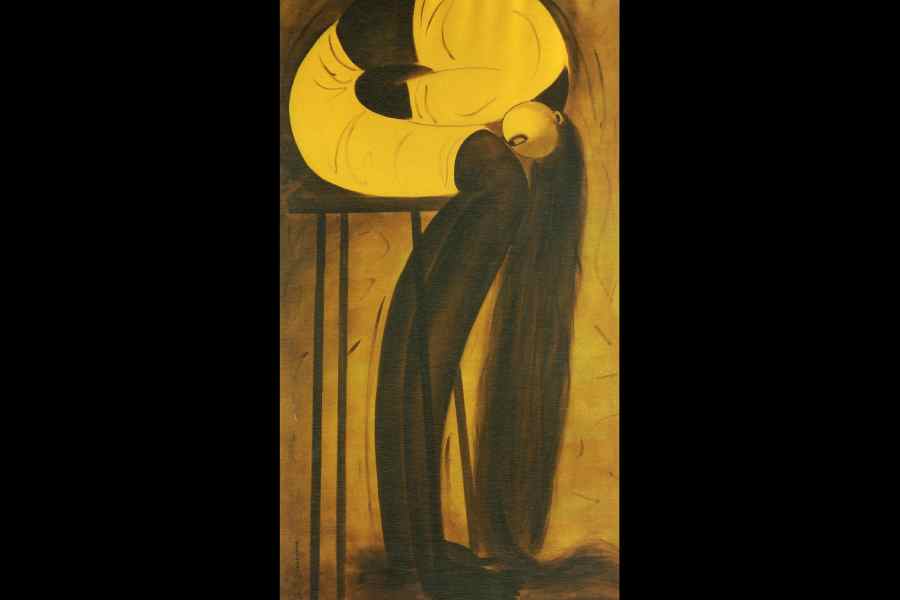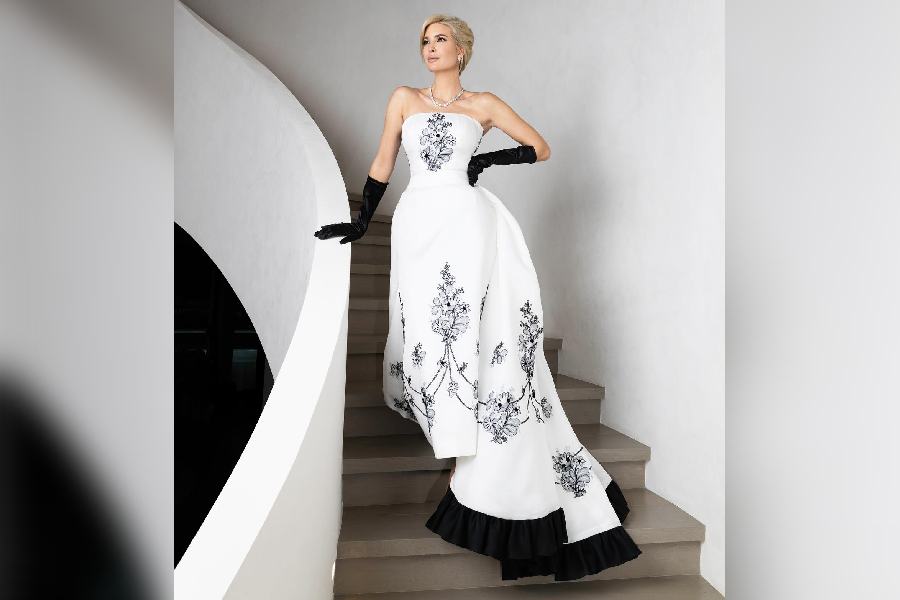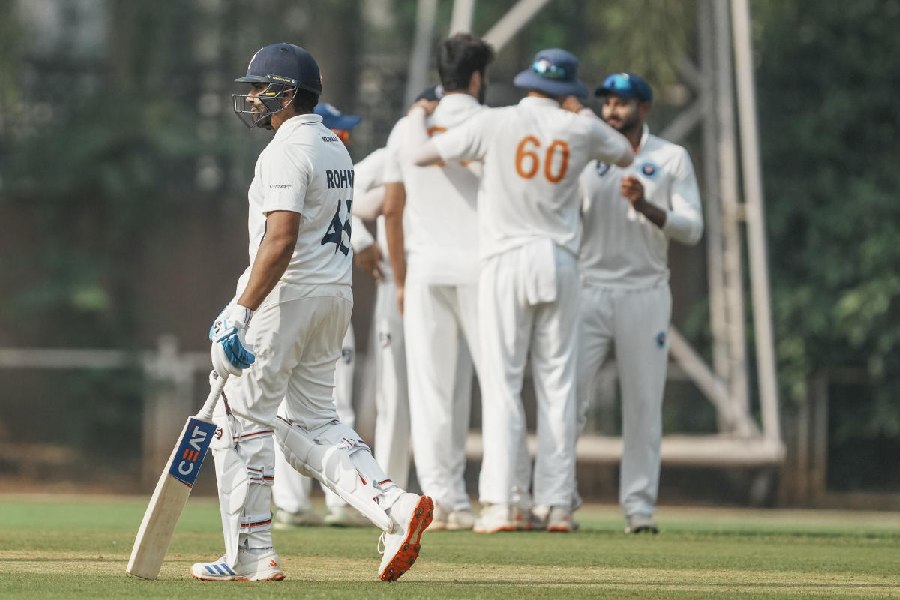It is tempting, even easy, to draw comparisons between P.R. Narvekar, a veteran artist and a graduate from J.J. School of Art, and Amedeo Modigliani: their elongated, figurative, feminine forms lend themselves readily to juxtapositions. But Narvekar’s women, displayed at a recent exhibition, Feminine Identities, at Aakriti Art Gallery, are cast in a discernibly nostalgic light. Their sexuality is more languid and less blatant than that of Modigliani’s women. Narvekar captures women in mundane moments of work and leisure reminiscent of the village belles in B. Prabha’s works or the lithe tribal women of Santiniketan by Haren Das.
Besides the women and the children, Narvekar’s works have another subliminal subject — solitude. While doing their domestic chores, playing with their children, going about their shringara, spending time with friends or even just enjoying some leisure, these women have sequestered themselves from the world outside. It is to the artist’s credit that his figures convey a depth of emotions even though most of them are without well-defined eyes. Piquant exaggerations and playful permutations of lines, along with the scale of the works, make these shiny, black bodies arresting. His works on paper with charcoal have greater depth of field than his works in oil that are two-dimensional.
Narvekar’s vision, though, is tinted by a sentimental idealism that turns his depictions of rural life and the urban underclass into idyllic models untainted by the malaise of modernity and free from the ugliness of hardship and penury. The artist’s visual sense is certainly canny, evident in the linear economy of his figurations as in the contrast of the dark skin and the chrome yellow of the clothes. But he aims to please the eye rather than tease the mind.
Questions must be raised about the mounting of the show: the wisdom of shining strong spotlights from a close range on oil paintings with the reflection from the lights, especially on the bright chrome yellow, blotting out parts of the paintings is inexplicable.










